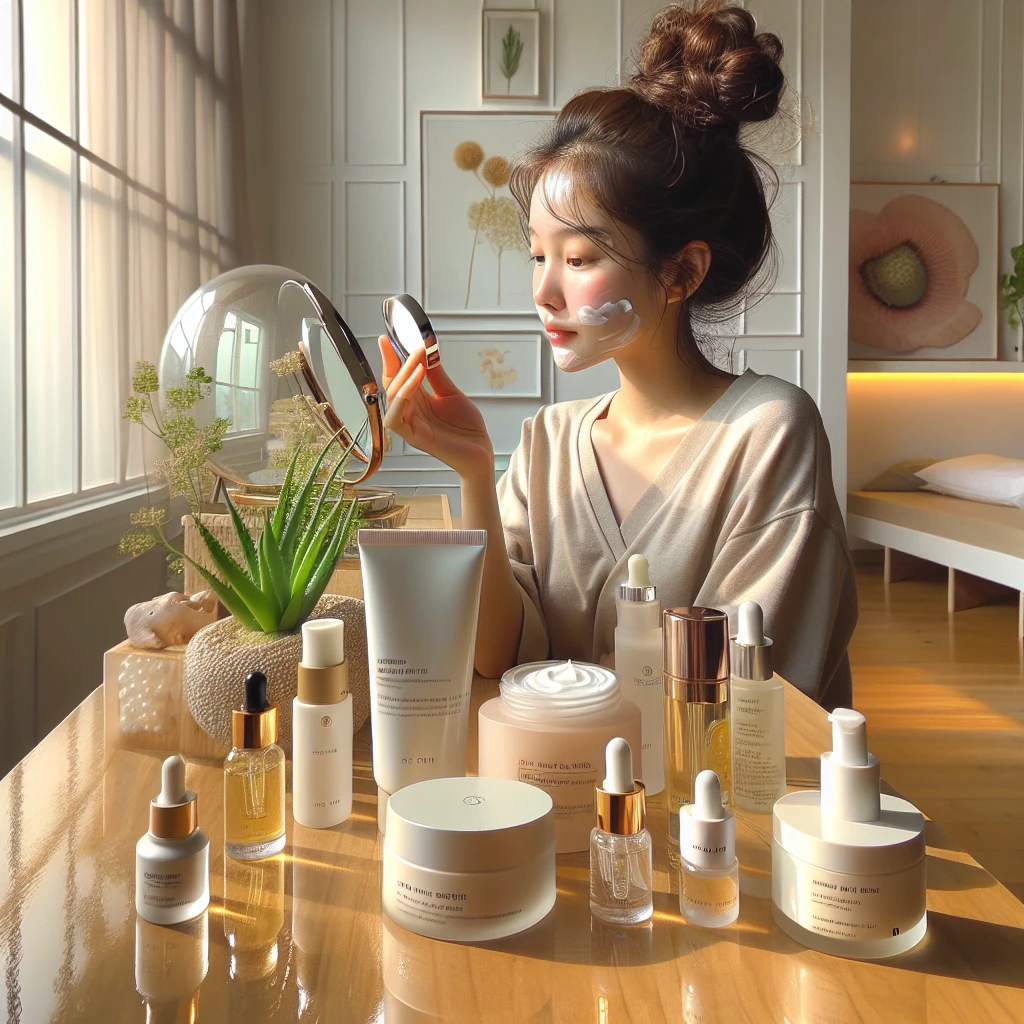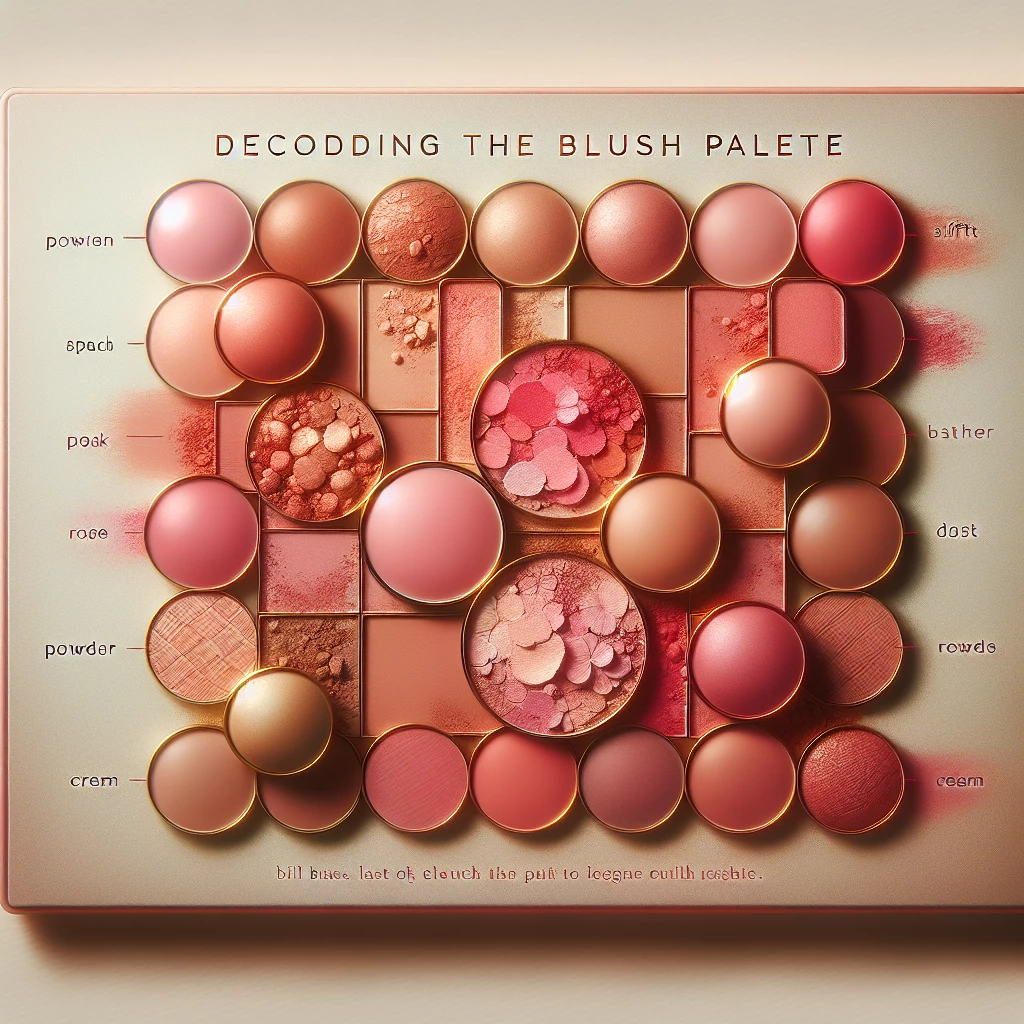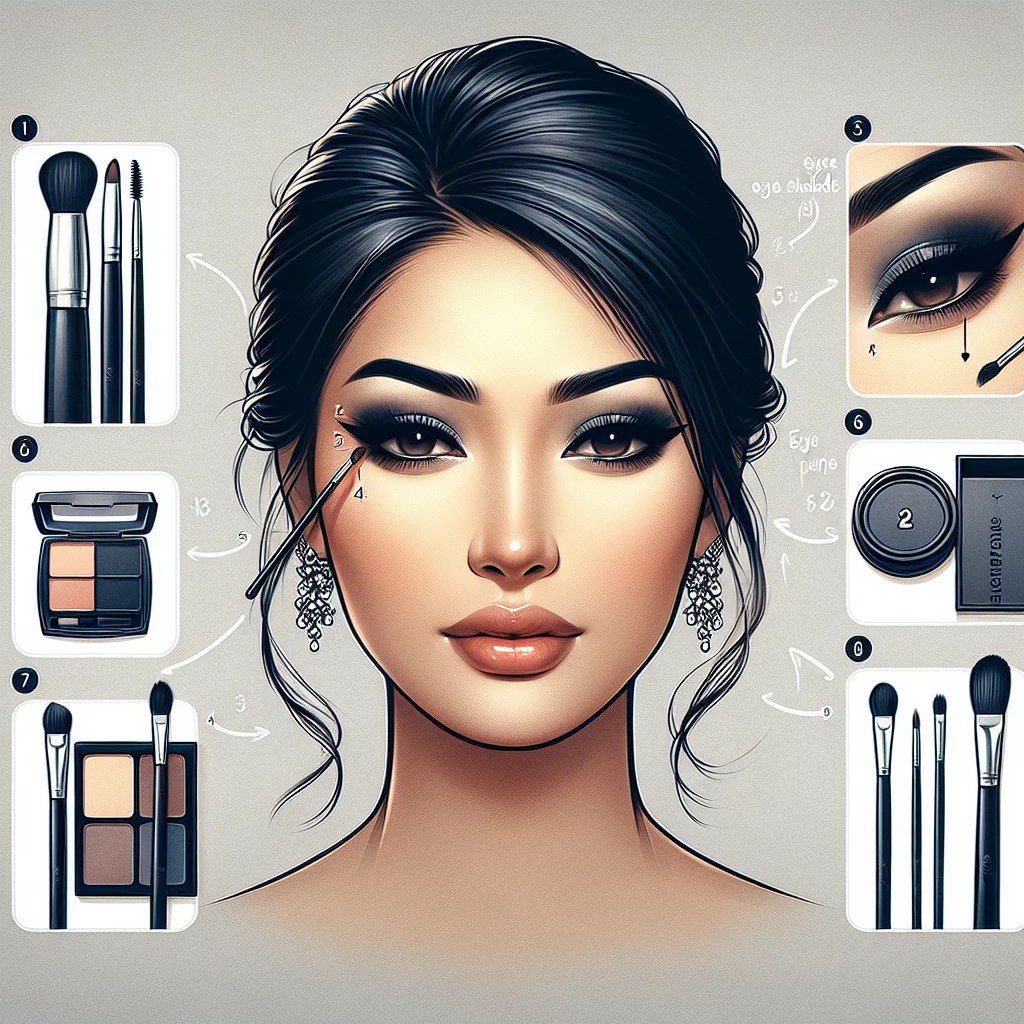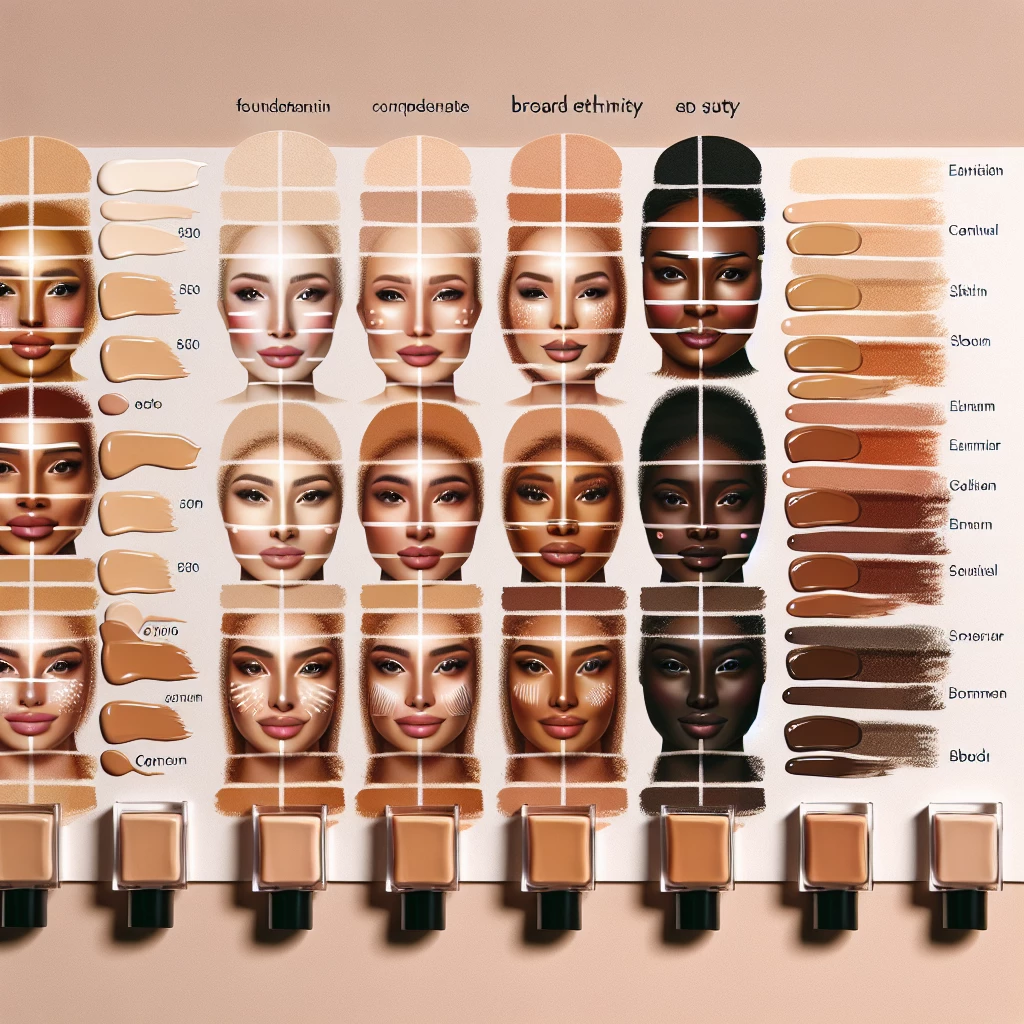Welcome to another post on Makeup Queens! Today, we're diving deep into the world of foundations and skin tones. A makeup artist's playground is as diverse as the variety of colors they have at their disposal, but one of the most important areas to master is the art of matching a foundation to one's unique skin tone. Picking the right foundation is a game changer as it forms the baseline for the rest of your look. Let's explore together how to identify different skin tones and find the perfect foundation match with these makeup tips!
Understanding Skin Undertones
There's more to skin tone than being classified as just light, medium, or dark. We all have undertones that are either cool, neutral, or warm. Cool undertones lean towards pink, red, or bluish hues, whilst warm undertones are peachy, golden, or yellow. Neutral undertones are a mix of both cool and warm tones.
Identifying your skin's undertone is crucial in choosing the right shade of foundation. Cool tones should opt for foundations with a pink or red base, while warm tones look best with yellow or golden based foundations. As for neutrals, foundations that have a balance of both pink and yellow undertones work best.
A quick tip to determine your undertone is to look at the veins in your wrist. If they appear bluish or purplish, you have cool undertones. If they're green or olive, you're warm. If it's hard to tell, you likely have a neutral undertone.
Creating a Seamless Match
One cardinal rule in makeup is that your foundation should blend seamlessly into your skin and not create a stark contrast. To test if a shade is right for you, try it on your jawline and see if it disappears without much blending. You should test it in natural light, as artificial light can alter how it looks.
Always remember that the color of your face and body may slightly differ, especially if you wear SPF daily (which you should!). The neck, for instance, is usually lighter than the face. To create harmony, you may need to blend your foundation down your neck so the color transitions smoothly.
One common mistake is using the wrong tool to apply foundation. Brushes and sponges have different effects, and the tool you choose can determine the kind of coverage you get. As a rule of thumb, sponges are perfect for a more natural finish, while brushes provide full coverage.
Seasonal Changes & Foundation
Don't be surprised if your go-to foundation loses its perfect-match status as the seasons change. Our skin tone tends to be lighter in the cooler months and darker in the warmer months because of sun exposure. So, you may need to have on hand a lighter shade for the winter and a darker shade for the summer.
Moreover, .switching up your routine as per the changing seasons is a great way to accommodate for all skin changes that occur. For instance, a dewy foundation may be more suitable in the winter months when the skin is dry while a matte finish could work better for the oily skin in summer.
Just like how your skincare routine should adapt to the changing weather and temperatures, so should your makeup. Sometimes, all it takes is a bit of mixing two shades of foundation to get the perfect match for your current skin tone.
Finding the right foundation for your skin tone is not only crucial for a flawless makeup finish, but it also helps boost your confidence knowing that your skin looks its absolute best. Remember, there's no one-size-fits-all in makeup - what matters most is that you feel comfortable and beautiful in your own skin. With a better understanding of skin tones and matching foundation, we hope that you're now ready to ace your base in your future makeup for all occasions!

The Magic of K-Beauty
Explore the trend of Korean beauty and what makes it a global phenomenon.

Decoding the Blush Palette
A comprehensive guide to using different shades of blush for various skin tones.

Creating Smokey Eyes: A Guide
Understand the art of achieving the perfect smokey eye look for any occasion.

Unmasking Lip Gloss Trends
Dive into the world of lip gloss, tracking its evolution and the latest trends.
